
In a war zone, the highest priority for many people is finding safety and taking care of loved ones. For some, there's also a need to communicate with the outside world. That's been especially apparent in Ukraine since Russia invaded in late February.
In Ukraine, smartphones and messaging apps have helped ordinary citizens share videos of their plight. Social media has enabled the Ukrainian government, personified by President Volodymyr Zelenskyy, shape how world sees the war. Meanwhile, cryptocurrency has given some people the means to get by when other financial systems have closed down.
Our stories on those topics, by David Lumb, Imad Khan and Dan Van Boom, are among the many in-depth features and thought-provoking commentaries that appeared on CNET this week. So here you go. These are the stories you don't want to miss.
From connecting with loved ones to spreading footage of the war, Ukrainians use their phones as an essential tool.

Before it can start flying, the new Northern Pacific Airways needed a name, a color and visual identity for its planes. Brand designer Edmond Huot explains how it's done.
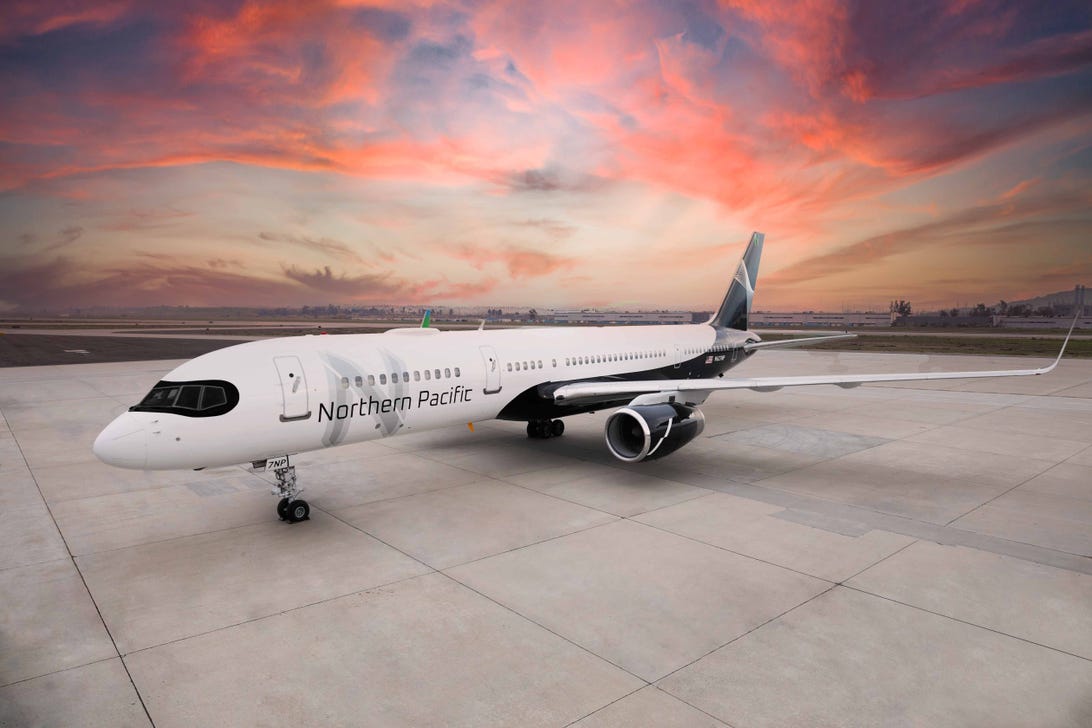
Forty years on, it's still all taking and no giving.

Jane Fonda, Dolly Parton and Lily Tomlin in 9 to 5.
20th Century StudiosThe country is using social media to expose Russia's invasion and build support for Ukraine's defense.

The late 2000s were a golden age of social media, and MySpace was king. Here's why.
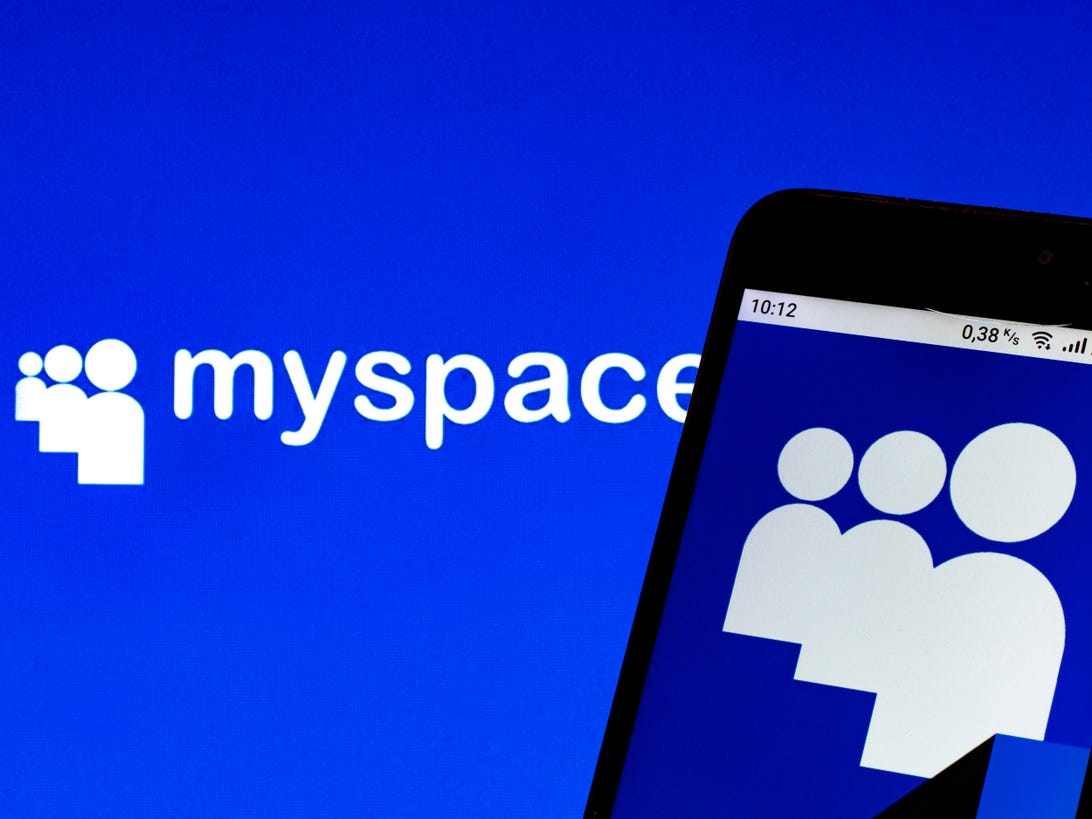
Commentary: Life events disrupted my exercise routine, but I'm staying positive as I pick things up again.

Many Ukrainians and Russians lost access to their bank accounts in the days following Russia's invasion.
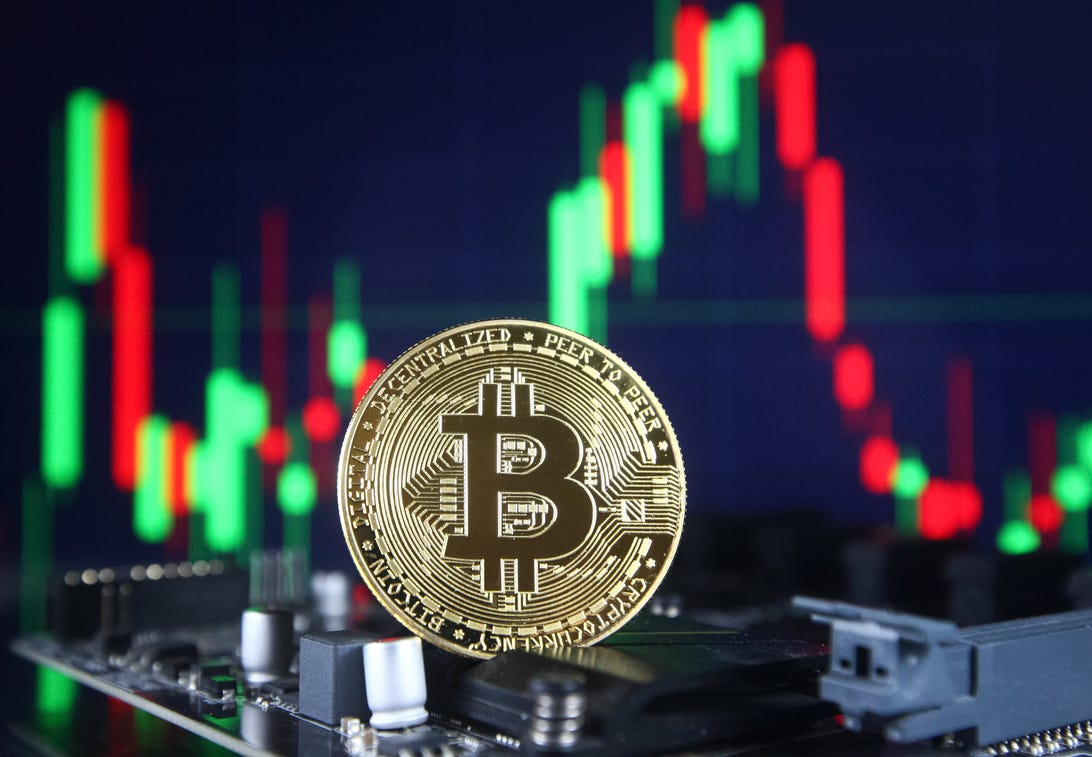
Commentary: When it works, Universal Control feels like a mind meld for its devices. It could and should go further.
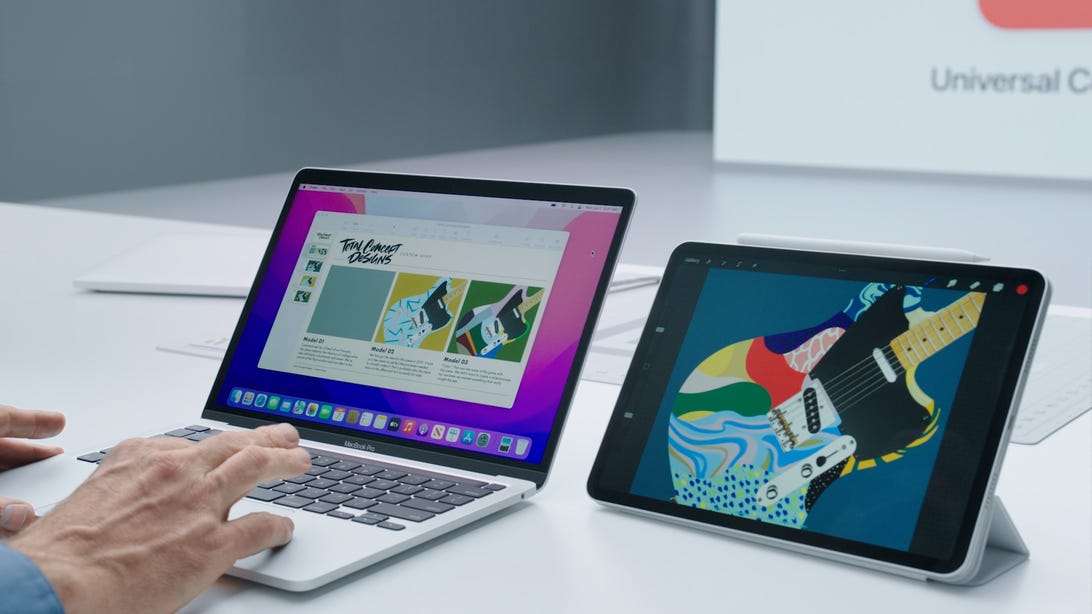
Join me as I document my journey through the Lands Between.
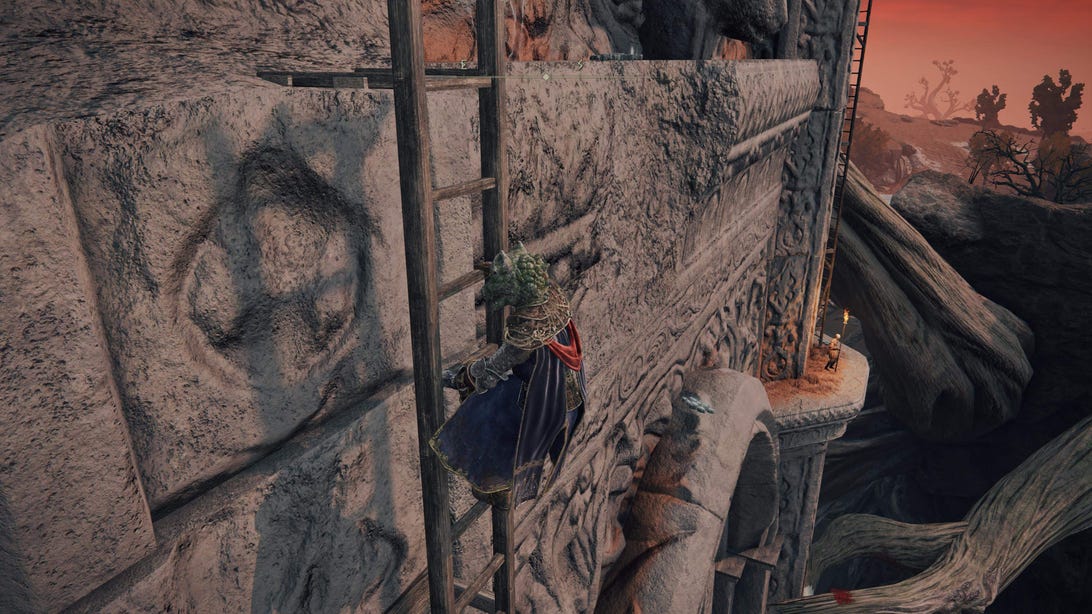









 Add Category
Add Category